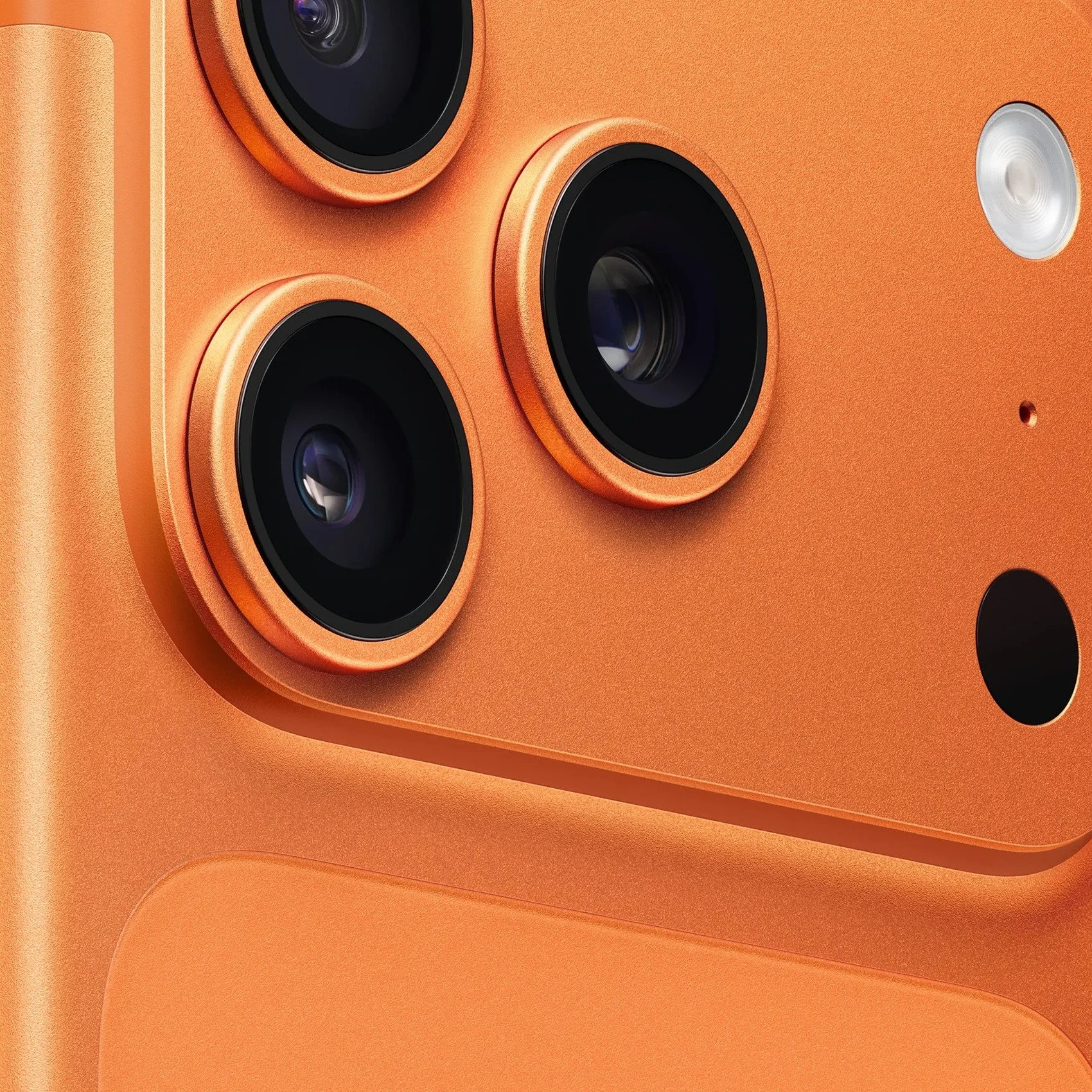8 Top Photography Composition Rules You Need To Know
If you're going to cut off someone's legs in a picture, it better be for a good reason. (We're trying to think of one.) The untrained eye of an amateur photographer is easily identifiable through their poorly composed shots. However, it's an issue which you can remedy through practice and some minor effort (like reading the rest of this post).
Here are some tips to help you take your composition skills to a whole new level.
1) Leading Lines
1. LEADING LINES
Here's an easy enough technique to help you compose a shot. Use "lines" to lead your eye within the scene. Note that we say within the scene, not the camera! Objects within the scene or background can create leading lines and guide the viewer's eye to your subject.
The lines can come from nature (trees, rivers, mountaintops) or human-made objects (roads, buildings, columns). Use leading lines to help draw attention to your subject or help create interest. Another type of line is the triangle which adds interest because it's neither vertical nor horizontal.
Our eyes are accustomed to seeing vertical or horizontal lines, so the introduction of a triangle (angled line) in the background adds tension, depth, and interest.
2. COLOR
Using color is another effective way to create a clever composition. To do this well, you'll need to know a little about the color wheel, which colors work well together, and which do not. (You can read a lot more about how to use the color wheel.)
Colors on opposite sides of the color wheel are considered complementary colors and look good in an image and can help direct the viewer's eye through it contrasts. Colors alongside each other or on the same side of the wheel are considered analogous and create a monochromatic look with far less obvious contrast.
3. FRAME THE SHOT
Another way to guide the viewer's eye is to frame your shot using natural or human-made objects similarly to how you use leading lines. Use what's available in the background or scene to help you frame the shot. Sometimes, it might even be the subject itself. If it's human, pose them in such a manner that it helps to frame the scene.
If you're shooting something, you can't ask to pose - like a building or bridge - review the scene and decide how to angle your camera to frame the shot. You might find that moving yourself or your camera few steps in one direction are all it takes to frame the shot.
4. RULE OF THIRDS
The Rule of Thirds is probably one of the most important (and easiest) composition tips there is to improve the quality of your images. It's also the best-known composition tips most photographers have heard of whether they're practicing it or not.
You can start out by using the grid view in your camera until you become proficient at doing it on your own. Note how the grid is divided into nine sections. The four points where the lines intersect help create the thirds of an image. Place your subject at either one of the vertical lines in the grid view, and you're practicing the Rule of Thirds.
You'll have a better-composed image. If you're photographing a person, try and place their eyes at one of the intersecting points for the best composition. Place your horizon along either the bottom or top line of the grid.
5. NEGATIVE SPACE
Negative space is one of the trickier elements of composition and often misunderstood by too many photographers. Simply put, the positive space is your subject. Everything surrounding it is your negative space.
Negative space can help draw the eye toward the subject. The best tip we can give you for maximizing the potential of negative space in your composition is to adjust the composition until you feel that there's a good balance between positive and negative space. (Balance, in this sense, doesn't have to mean equal.)
Sometimes, negative space can have a profound effect on the subject, so it's a good idea to consider negative space and if you need to provide some better balance by introducing another element into the picture. If you have a large or powerful subject, you might need to offset it by including a smaller object in your background/negative space to create a better balance. This is all subjective, and it's up to you as the photographer to decide.
6. SYMMETRICAL OR ASYMMETRICAL?
Some of us are a bit obsessive-compulsive about symmetry in our day to day lives. In photography, however, asymmetry is often the way to go. However, it pays to consider which one would work better for the scene. Often, symmetry lovers will be thrilled to see that composing a more symmetrical shot dramatically improves the photo. In which case we say, go for it!
7. ANGLE
Sometimes the best composition comes strictly from the viewpoint or angle from which you're shooting. Always, always consider the various views and whether changing positions would greatly improve your picture. In food photography, for example, some of the best images come from above the food creating an eagle's eye view rather than from the side.
8. FILL FRAME
Portrait photographers, in particular, can appreciate this one! When your background is distracting or uninteresting, compose your shot by filling the frame with the subject. It becomes all about positive vs. negative space. Interest rather than a distraction. When you're shooting non-human subjects like architectural photography, this can be a bold way to capture pattern or repetition in a way that's hugely interesting.
What tips to do you have for composition? How often do you break the rules of composition and are happy (or angry) you did? With some practice, you'll master the rules of composition, know when they overlap and use that to your advantage, and know when you can break them but succeed in composing your shot.























